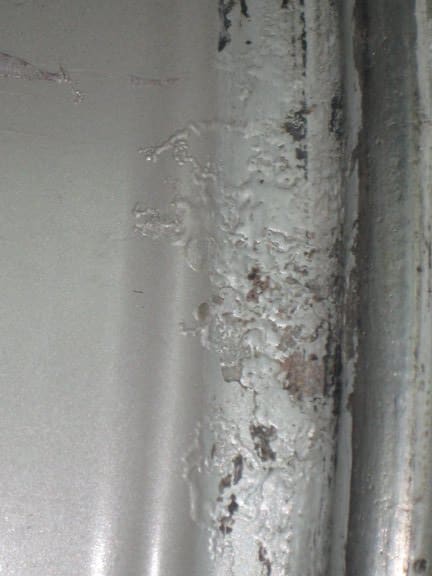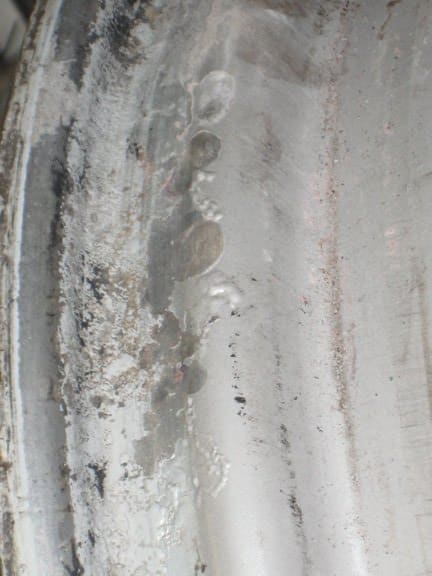The rims on my 98 Mercedes started to leak a few years back. I had the old tires removed. After cleaning off the rubber sealant, I found several areas where the aluminum had bubbled and corroded. The interior of these rims including the bead area were factory coated with a brown paint/coating. Perhaps an epoxy. In sanding out the corrosion and cleaning up the beads seat, much of this coating was removed.
Problem now, is what to recoat with. Getting any coating to adhere to aluminum is not easy. But because the natural aluminum oxide protective coating has been removed, I believe that a coating must be applied. Just which one and how best to apply?
Problem now, is what to recoat with. Getting any coating to adhere to aluminum is not easy. But because the natural aluminum oxide protective coating has been removed, I believe that a coating must be applied. Just which one and how best to apply?


